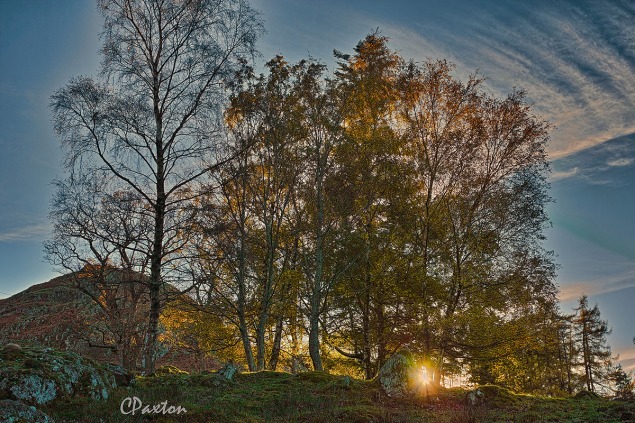
Do you think that the Government should debate strategic reforestation to protect upland watersheds and slow the flow of water downstream to alleviate flood risk?
I think so. My home county of Cumbria is just one area that could benefit from having this matter explored and debated in Parliament. There is a petition on the go at the moment that required (at time of writing) roughly another 63000 signatures in order for the matter to be so explored at https://petition.parliament.uk/petitions/117136
The introductory text reads “By planting trees we are putting back what we took away, a natural means of controlling rain water, not only will the trees soak up the water, the root systems will hold together the soil and make drainage far better. Flood defences have been useless we need trees/hedgerows to support the ecosystem.”
If you discount the over-generalised assertion that flood defenses have been totally useless and instead consider that the loss of many of the eco-system services provided by felled riparian forest, lost hedgerows, drained water meadows and upland woodland and bogs have exacerbated the influence of unusually high quantities of rainfall recently then this debate is probably still well worth the Government’s time and effort. After all, trees also play a role in climate control, as they absorb atmospheric carbon and modify extreme climate by providing shelter and shade and the cooling effect of transpiration (the evaporation of water through millions of small holes called stomata in the underside of their leaves). Trees are known to help moderate our climate and provide homes and food for a wide variety of creatures. Carbon dioxide gas fuels plant growth. Forest and forest soil sequester carbon.
Malcolm Wade, my web design client of Lakeland Mountain Experience took me to Haweswater and showed me where United Utilities have been planting trees on the steep fell-sides at the upper end of the reservoir. Thank you, United Utilities, for planting trees on the Fell-sides near Haweswater.
How much water is transpired by plants?
According to the article How A Tree Absorbs and Uses Water the amount varies according to the species and to the conditions of the day. On hot, dry days they’ll transpire a lot more water than on cold wet ones. Rest assured though, that they do play an important part in the water cycle and in flood amelioration.
I recommend you to read section 6.6 of Bill Mollison’s “Permaculture A Designer’s Manual” titled How A Tree Interacts With Rain. It is full of interesting information and statistics that are relevant to this issue.
According to the above manual, of all the rain that falls on a tree, about 25% will be evaporated off the surface of the leaves and 50% transpired out of the stomata. Then you’ve got a ratio of 3 cm of (eg. beech forest ) humus absorbing 1 cm of water. Then you’ve got moss and the herb layer contributing too.
Water runs clear in undisturbed woodland streams.
I was pleased to learn and reflect that the proportion of water that we see flowing in any given river is actually the tip of the iceberg in the sense that a considerable amount of extra water is flowing unseen through the soil on either side and below the bottom substrate (except in the rare instances of a river running over bed-rock for part of its course or when the ground is hard frozen). So in effect, rivers are larger than they seem. See the Eden Rivers Trust website for information about the River Eden, its watershed and tributaries
